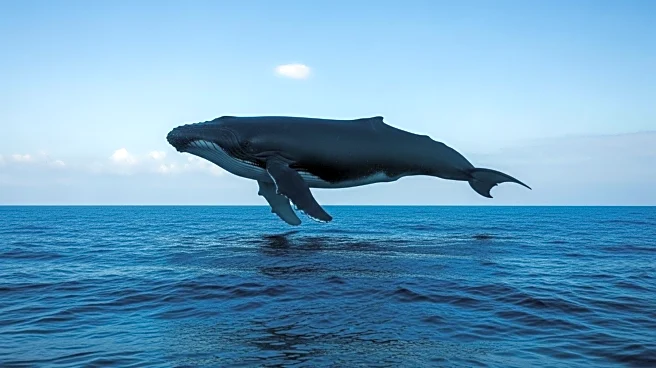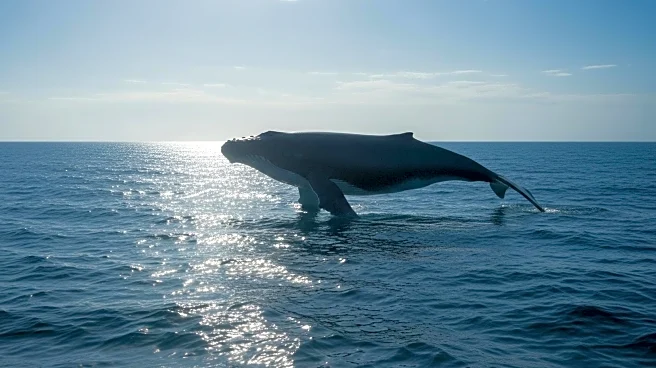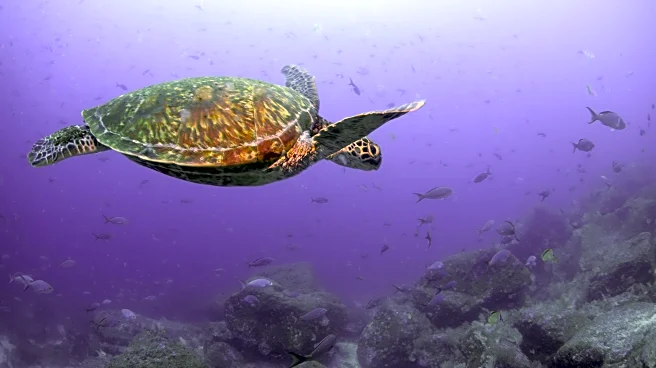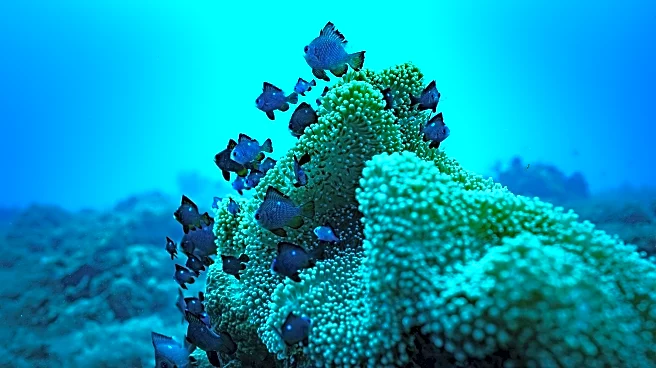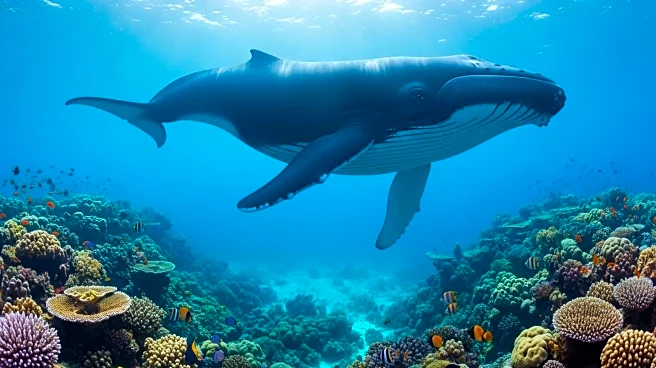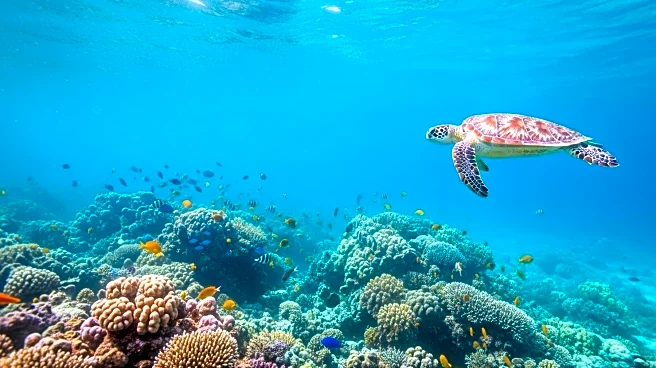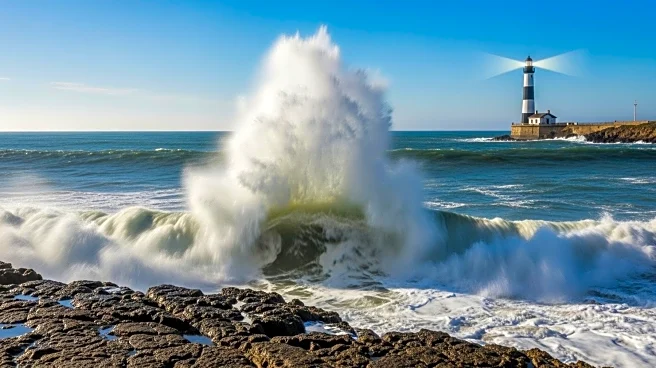What's Happening?
The High Seas Treaty, a global agreement aimed at protecting the world's oceans and reversing damage to marine life, has reached a critical milestone with its 60th ratification by Morocco. This development means the treaty will become international law starting in January. The treaty, which has been in the making for two decades, will enable the establishment of marine protected areas in international waters. Environmentalists have praised this achievement as a significant step towards global environmental protection. The treaty sets binding rules to conserve and sustainably use marine biodiversity, addressing issues such as overfishing, pollution, and climate change impacts on marine life.
Why It's Important?
The ratification of the High Seas Treaty is a pivotal moment for ocean conservation, as it aims to protect 30% of the world's national and international waters by 2030. Currently, only 1% of the high seas are protected, leaving marine life vulnerable to overexploitation. The treaty's implementation is expected to foster international collaboration and serve as a catalyst for further agreements on ocean conservation. This development is crucial for reversing the damage caused by decades of overfishing and pollution, and for mitigating the effects of climate change on marine ecosystems. Stakeholders such as environmental organizations and governments stand to benefit from the enhanced protection of marine biodiversity.
What's Next?
With the treaty set to come into force, countries will begin proposing areas for protection, which will be voted on by the signatories. While countries will conduct their own environmental impact assessments, there is a mechanism for other nations to register concerns with monitoring bodies. This process is expected to foster international cooperation and accountability in marine conservation efforts. The UK has already introduced its bill for ratification to Parliament, indicating a commitment to the treaty's objectives.
Beyond the Headlines
The High Seas Treaty represents a shift towards recognizing the importance of international waters in global environmental policy. It highlights the challenges of governing areas beyond national jurisdiction and the need for collaborative approaches to conservation. The treaty's success could inspire similar agreements in other areas of environmental protection, emphasizing the interconnectedness of global ecosystems and the necessity for unified action.

